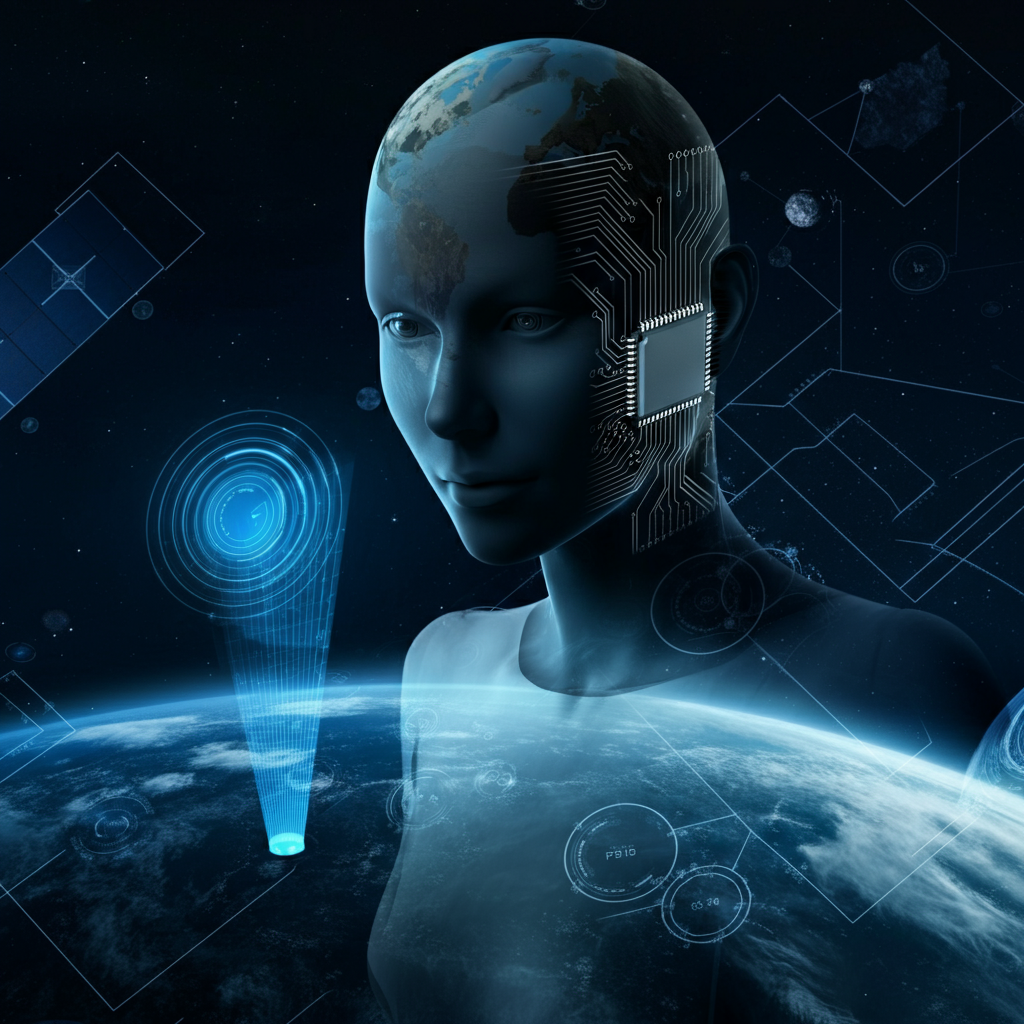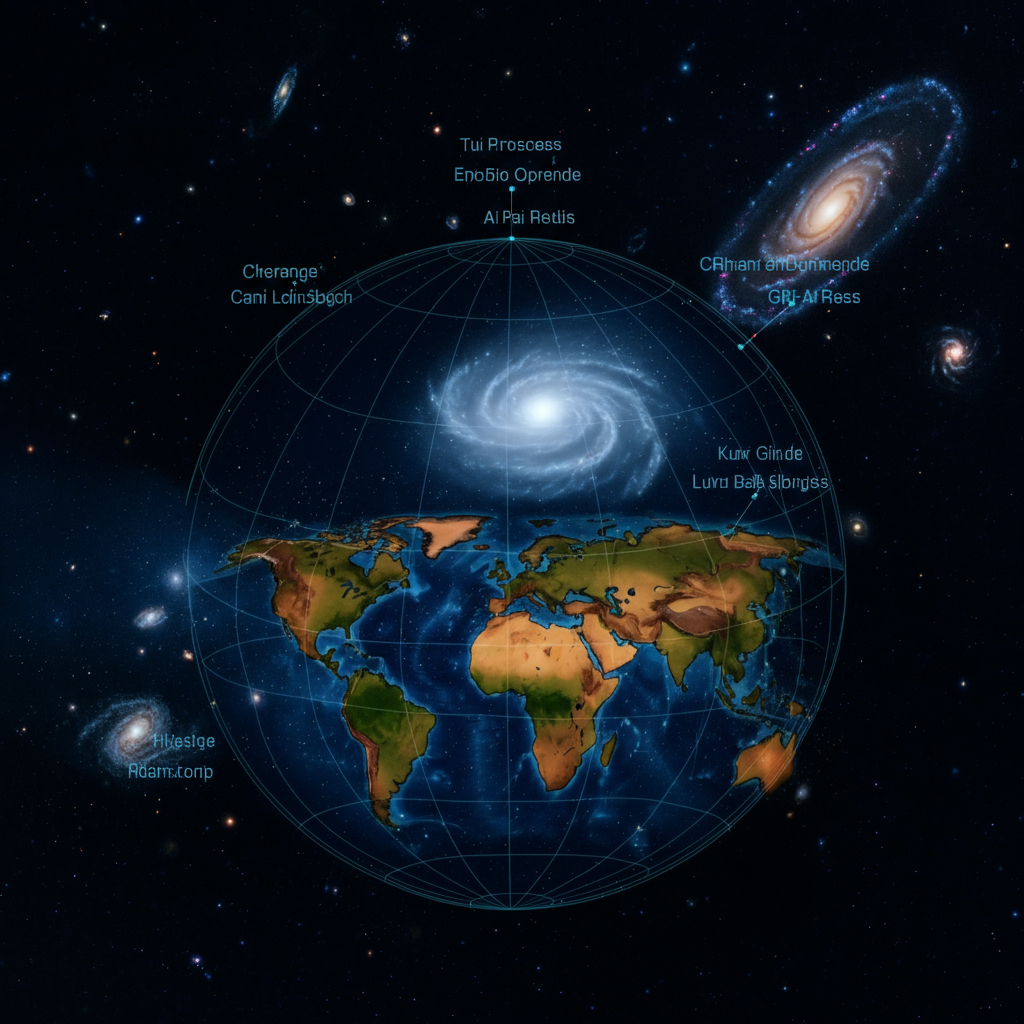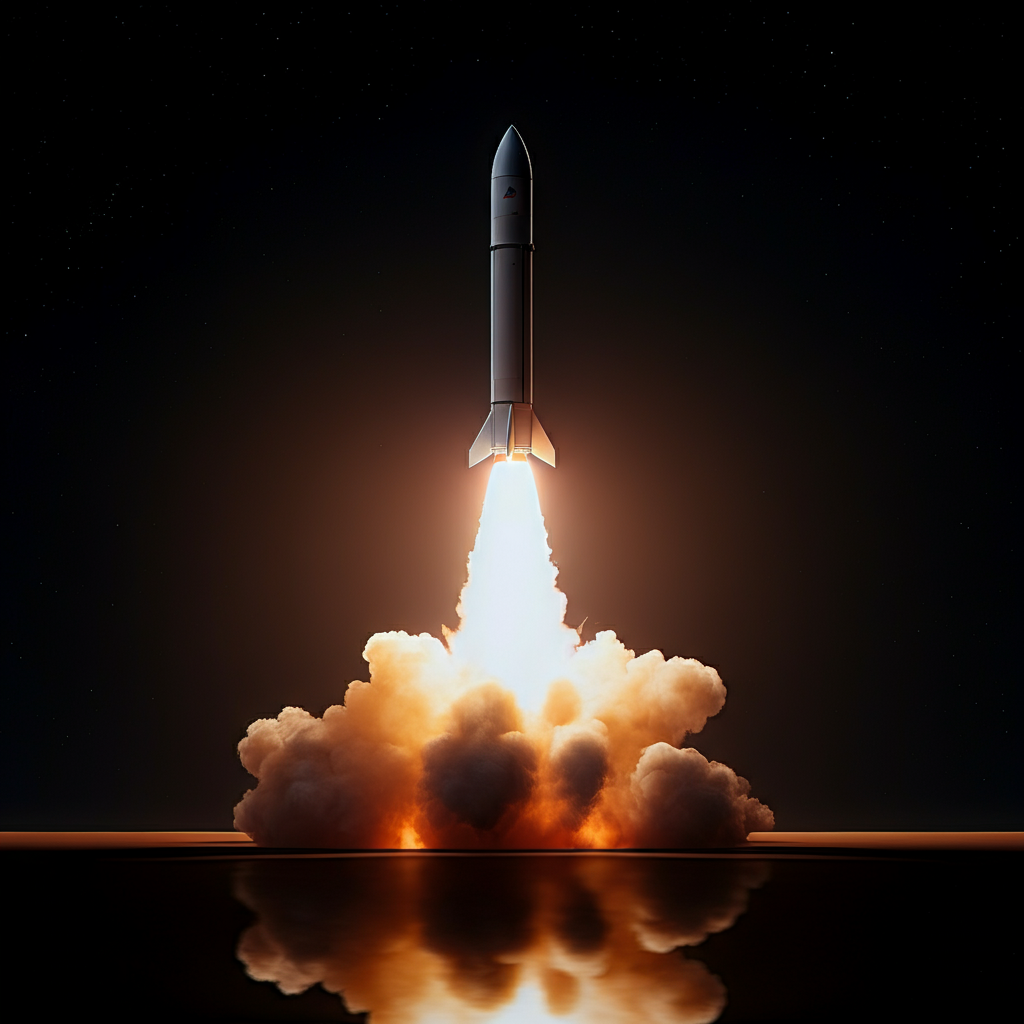Artificial Intelligence (AI) has become a powerful ally for space exploration. From analyzing massive datasets to managing robotic missions on distant planets, artificial intelligence tools are reshaping astronomy and space exploration. Space agencies like NASA and ESA, alongside private companies like SpaceX, are leveraging AI technologies to unlock the mysteries of the universe.
This article explores the critical roles AI plays in space exploration, from analyzing satellite data to powering autonomous rovers and unraveling the structure of distant galaxies.
Introduction to AI in Space Exploration
Artificial intelligence (AI) is revolutionizing the field of space exploration, enabling scientists to analyze vast amounts of data, make predictions, and perform complex tasks. AI is being used in various aspects of space exploration, from Earth-based research to deep space missions. The use of AI in space exploration has transformed every aspect of space studies, from data collection to decision-making.
AI’s ability to process and interpret enormous datasets quickly and accurately is invaluable in space missions. Whether it’s navigating the harsh environments of distant planets or analyzing the faint signals from deep space, AI tools are at the forefront of these endeavors. By automating complex tasks, AI allows scientists to focus on more strategic aspects of space exploration, pushing the boundaries of what we can achieve in the cosmos.
What is Artificial Intelligence and Its Role in Space Exploration
Artificial intelligence refers to the ability of a computer or robot to mimic human intelligence. This encompasses a wide array of technological tools, including machine learning (ML) and deep learning. AI can simulate human cognitive functions, such as analyzing data and providing interpretations, which are crucial in the context of space exploration.
Machine learning models and neural networks, for instance, can sift through vast amounts of satellite imagery and other data collected from space missions, identifying patterns and anomalies that might be missed by human eyes. These AI tools save significant time and effort, enabling scientists to analyze large amounts of data in seconds. Neural networks in AI can classify galaxies with an accuracy of up to 98%, further enhancing the precision of space research. By leveraging AI, space agencies can make more informed decisions, enhancing the efficiency and success of their missions.
AI in Satellite Data Analysis
Satellites generate an immense amount of data, capturing everything from climate patterns to cosmic events. Analyzing this data requires sophisticated tools, and that’s where AI steps in. The use of AI in space exploration has transformed every aspect of space studies, from how we collect data to decision-making.
Applications of AI in Satellite Data
Weather Forecasting and Climate Studies
AI processes satellite data to improve weather predictions and monitor climate change patterns with remarkable precision, helping scientists act proactively.Detecting Cosmic Phenomena
Machine learning models can identify anomalies in data, such as supernovae or black hole signals, faster than conventional methods.Disaster Management
AI interprets satellite imagery to track hurricanes, floods, or wildfires in real time, aiding global disaster response efforts.

Space Agencies and AI Adoption
Space agencies around the world are adopting AI to improve the efficiency and effectiveness of their space missions. The European Space Agency (ESA) is exploring ways to use AI effectively and safely in space. The ESA is investigating new ways to use AI in space, including in Earth observation, satellite navigation, and space exploration. Artificial intelligence is being used by the European Space Agency (ESA) to control large satellite constellations and automate collision avoidance maneuvers. NASA is also using AI for various applications, including making communication networks more efficient and reliable. The German Aerospace Center (DLR) has been developing AI methods for space and Earth applications for many years.
The use of AI in space exploration has the potential to benefit the field of space studies and research. AI can help to improve the efficiency and safety of space missions. AI has the potential to enable new types of space missions and research. The field of AI and space is becoming increasingly complex and interdisciplinary. Efforts to bridge the digital divide are essential to ensure that the benefits of space exploration and AI are shared by all.
By integrating AI into their operations, space agencies can tackle the complex tasks associated with space exploration more effectively. From managing space debris to optimizing satellite systems, AI tools are proving to be indispensable. As the technology continues to evolve, the collaboration between AI and human intelligence will undoubtedly lead to groundbreaking discoveries and advancements in our understanding of the universe.
Autonomous Rovers on Other Planets
Exploratory missions to other planets rely heavily on the autonomous capabilities of rovers. These rovers must navigate the harsh and unpredictable space environment. AI-enabled rovers like NASA’s Perseverance on Mars are at the forefront of these missions.
AI Functions in Rovers
Navigation in Unknown Terrain
AI helps rovers map their surroundings, make decisions, and avoid obstacles as they traverse alien landscapes.Sample Analysis and Data Transmission
AI allows rovers to analyze rock samples onsite and prioritize the most important findings for transmission back to Earth.Adaptability to Changing Conditions
Harsh and unpredictable extraterrestrial environments demand adaptable systems. AI enables rovers to make on-the-spot decisions without human intervention. AI is already starting to use real-time data to support autonomous navigation for missions such as the ESA’s Hera planetary defense mission.

Exploring the Cosmos with AI
The universe is vast, and understanding it requires combing through countless images and signals from telescopes. AI is a critical tool in astronomy, accelerating discoveries that would otherwise take decades. Astronomers use AI models to classify celestial objects like supernovas in telescope data, enabling faster and more accurate identification of these phenomena.
Mapping Distant Galaxies
AI-powered telescopes analyze light signals to map the structures of distant galaxies, revealing much about the universe’s formation and evolution.
Identifying Exoplanets
Using AI, astronomers can detect subtle changes in star brightness, a sign of planets passing in front of them (transits). This technique has led to the discovery of thousands of exoplanets.
Decoding Gravitational Waves
AI models parse through the faint signals of gravitational waves caused by cosmic collisions, helping scientists better understand these phenomena.

Role of AI in Private Space Missions
Private companies like SpaceX, Blue Origin, and others are using AI to revolutionize space systems and travel. Private companies utilizing AI have driven down the cost of launching satellites, increasing competition in space exploration.
Autonomous Rockets
AI plays an integral role in launching and landing reusable rockets, improving the safety and efficiency of missions.
Space Debris Management
AI tracks thousands of pieces of orbiting debris to prevent collisions with operational satellites or spacecraft.
Commercial Satellite Networks
Companies deploy AI to optimize data transmission and maintenance across vast constellations of satellites used for global communication.

AI’s Future in Space Exploration
The role of AI in space exploration is only growing. From training intelligent systems for manned missions to exploring distant worlds autonomously, AI will continue to guide humanity to the stars. Innovations in AI are already reshaping how we study the universe, promising breakthroughs in space exploration and a deeper understanding of our place in the cosmos.
With AI driving the charge, humanity’s exploration of space becomes not just a dream but an ongoing reality, where the impossible becomes a matter of technology and time.
